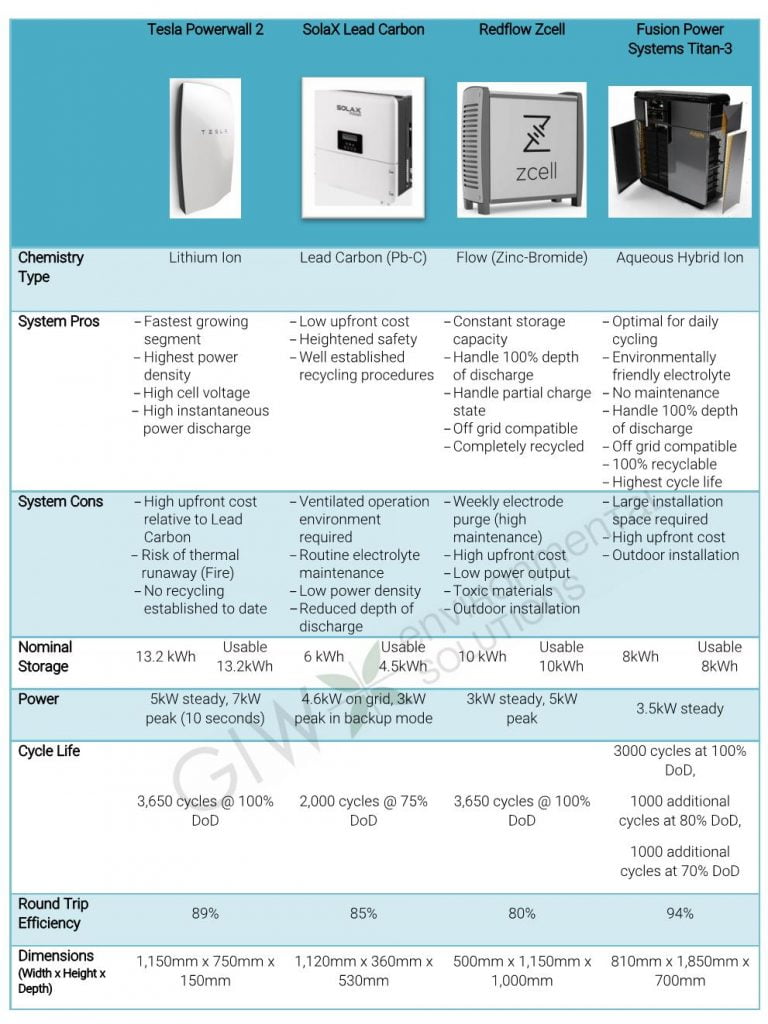Current Technologies & Trends
As the international solar photovoltaic (PV) energy market continued to mature, supply prices have steadily fallen by 58% over the past 5 years to 2015[i]. In 2016, global solar PV capacity was circa 300,000MW[ii] or put simply 1.2 billion solar panels. Large scale solar PV energy currently costs $0.11 per kWh with reduction predictions as low as $0.050 per kWh by 2025[iii]. New coal power is predicted to reach as much as $0.16 per kWh[iv] threatening its viability as is now evident by Engie’s strategic decision to leave the coalfired power production market.
Australia is the 10th largest solar PV generator in the world, producing 5,924MWh[v] of green power in 2016. An additional 1,000MW of new solar PV generation will be implemented this year through 20 proposed industrial-scale solar installations[vi]. It is estimated Australia’s total solar PV generation will be 20,000MW, equivalent to a third of Australian current power needs within 20 years. Australia is a clear world leader in household-scale solar with over 1.58 million panels installed as at December 2016[vii].
Energy storage has become a popular option of late given concerns in relation to market reliability, retail price increases and threat of climate change. There were a total of 6750 battery installations[viii] recorded in Australia in 2016, up from 500 in 2015. It is predicted the number will triple in 2017[ix] following the trends in large scale manufacturing and energy efficiency. This technology allows both commercial and residential solar PV installations to capture excess generated energy and retain the energy on-site for reuse, rather than selling back to the grid at below market retail price.
There are several energy storage battery technologies available in the Australian market which can be integrated in PV installations:
- Lead-type batteries
- Lithium-Ion (Li-Ion)
- Flow
- Aqueous hybrid
Battery Comparison Table
*Note: Based on manufacturers data and lab conditions. Subject to appropriate use and application, DoD degradation is likely to produce differing results from manufacturers indicators.
Associated System Pricing
Typical payback is estimated to be 10 years[xi]. This is subject to current pricing, effective utilisation of solar PV at the source, maximising the use of battery systems and minimal grid energy use at peak pricing electricity on a Time of Use (TOU) billing system.
From July 2017, the State’s mandatory minimum feed-in tariff will be increased to $0.113/kWh from the current $0.05/kWh, offering home owners greater incentive to offset system costs with excess Solar PV energy sold back to the grid. The Essential Services Commission (ESC) Victoria offers the social cost of carbon and associated health impacts along with distribution and transmission loss between generators as the driving force behind such an increase.
Global energy generation is transitioning from ageing coal powered energy to renewables. Climate Council CEO Amanda McKenzie confirms “Smart, clean renewable energy coupled with storage technology is the future of Australia’s energy system.”
In conclusion, the team at GIW predict that as global manufacturing expands and prices are driven further downward this opens up the possibility of Australia’s small (and large) scale battery storage market taking a mainstream position in urban electrical infrastructure. This will however be largely dependent on how State and Federal policy instruments adjust the feed in tariffs and manipulate the economics of the energy sector. As such, whilst these systems are priced from $0.314/kWh versus residential grid electricity averaging at $0.24/kWh it remains a matter for early adopters and those reliant on uninterrupted supply of energy.
Glossary of Terms
Chemistry Type: indicates the active chemistry composition
Nominal Storage: battery systems total energy storage capacity
Usable storage: nominal storage capacity multiplied by Depth of Discharge factor
Depth of Discharge (DoD): amount of stored energy available to discharge. Most battery technologies will have Depth of discharge degradation of the systems life
Power: speed at which the battery can discharge and recharge
Cycle Life: number of warrantied charge/ discharge cycles before the battery system reaches the end of its estimated life.
Round Trip Efficiency: amount of extractable power from the input energy.
Battery life Feasibility Indicator: Cost/ (Nominal storage x Round trip efficiency x Cycle life x DoD), viability comparison of battery storage solutions over the systems optimal life.
Average PV Cost: (System size to meet battery storage multiplied by $3/w)/ (annual PV production multiplied by a 20-year product life)
Total unit life feasibility indicator: Battery life Feasibility Indicator added with Average PV Cost.
Reference List
[i] The power to change: solar and wind cost reduction potential to 2025. [online] Accessed at http://www.irena.org/DocumentDownloads/Publications/IRENA_Power_to_Change_2016.pdf [Accessed 5 May 2017].
[ii] State of Solar 2016: Globally and in Australia by Petra Stock, Andrew Stock and Greg Bourne, [Accessed 28 April 2017].
[iii] State of Solar 2016: Globally and in Australia by Petra Stock, Andrew Stock and Greg Bourne, [Accessed 28 April 2017].
[iv] State of Solar 2016: Globally and in Australia by Petra Stock, Andrew Stock and Greg Bourne, [Accessed 28 April 2017].
[v] Australian PV Institute (APVI) Solar Map, funded by the Australian Renewable Energy Agency. [online] Accessed from pv-map.apvi.org.au on 7 April 2017. [Accessed 5 May 2017].
[vi] State of Solar 2016: Globally and in Australia by Petra Stock, Andrew Stock and Greg Bourne, [Accessed 28 April 2017].
[vii] (APVI) Solar Map, funded by the Australian Renewable Energy Agency, [online] Accessed at http://pv-map.apvi.org.au/power-stations [Accessed 5 May 2017].
[viii] Believe the Hype: Australia’s Battery Market set to skyrocket. [online] Accessed at: https://www.solarchoice.net.au/blog/australia-battery-storage-market-set-to-skyrocket?nabe=6379611877539840:0 [Accessed 28 Apr. 2017].
[ix] The battery storage industry expects rising power prices to spark a tripling of household conversions to PV-storage systems in Australia. [online] Accessed at http://www.adelaidenow.com.au/news/south-australia/the-battery-storage-industry-expects-rising-power-prices-to-spark-a-tripling-of-household-conversions-to-pvstorage-systems-in-australia/news-story/7acbdf3d8d92433ce2c777d98957c281 [Accessed 5 May 2017].
[x] Solar Battery Comparison Table, [online] Accessed at https://www.solarquotes.com.au/battery-storage/comparison-table [Accessed 5 May 2017].
[xi] 10 year payback period, [online] Accessed at https://www.solarchoice.net.au/blog/best-australian-city-for-battery-storage-2017?nabe=6379611877539840:0 [Accessed 19 May 2017].
What to know more about 'Enter Subject Here'?
GIW has a wealth of experience and you can contact them here.



